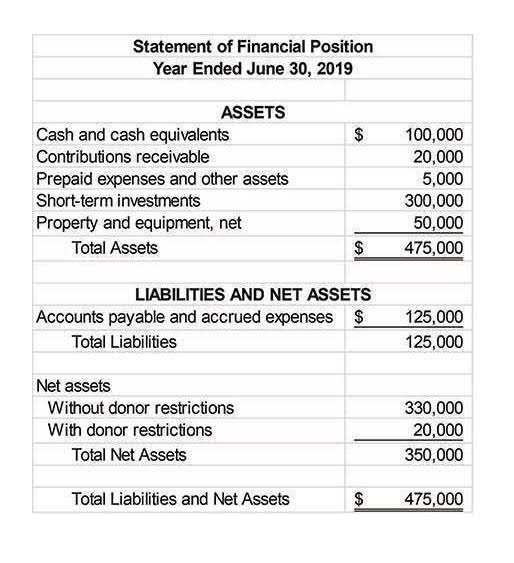
Financial leverage refers to the amount of debt or debt-like instruments that a company uses to raise capital, as opposed to selling common stock. Since these costs must be repaid, a high degree of leverage increases the burden on a company’s finances and increases the likelihood that it will default on its obligations. The funds-from-operations-to-total-debt ratio and the free-operating-cash-flow-to-total-debt ratio are also important risk metrics that are used by corporate management. There’s no single rule about the appropriate level of financial leverage a company should have. Leverage levels will tend to vary by industry, as some sectors may rely more on debt financing than others. Conversely, a growth-oriented investor might see leverage as a tool to accelerate expansion.
- For instance, if a firm borrows money at a lower interest rate and invests it in projects yielding higher returns, the excess profit enhances the overall profitability.
- Qualitative studies, case analyses, and quantitative modeling can all contribute to a more comprehensive view of how leverage interacts with other financial variables.
- Financial leverage refers to the use of borrowed funds to amplify a company’s potential returns.
- They might use options contracts to limit downside risk while still participating in the upside potential of leveraged positions.
- If a company borrows excessively or fails to generate sufficient returns, it may face increased interest payments that can erode profitability.
Financial Leverage: Amplifying Assets: The Power of Financial Leverage in Capital Allocation
While successful investments lead to increased profitability, unsuccessful ventures can result in higher losses due to fixed debt obligations. Therefore, leveraging borrowed money requires careful planning and risk assessment. Financial leverage works by enabling businesses to invest in growth opportunities without relying solely on their equity. When businesses borrow money, they can allocate additional funds assets = liabilities + equity toward high-return projects.
The Role of Leverage in Capital Allocation Decisions

Effectively managing financial leverage is crucial for enhancing a company’s profitability while minimizing risks. One best practice is to maintain a balanced capital structure, ensuring that the ratio of debt to equity is appropriate for the business’s operational needs and market conditions. This balance helps to optimize returns without exposing the company to excessive financial distress. Financial leverage, on the other hand, involves using borrowed funds to finance the acquisition of assets, which can enhance returns on equity. The balance between debt and equity financing is crucial for maintaining profitability.
Financial Leverage vs. Margin
- A debt-to-equity ratio of .5 or $1 of debt for every $2 of equity may therefore still be considered high for this industry.
- The interest coverage ratio is very important because it indicates a company’s ability to have enough pre-tax operating income to cover the cost of its financial burden.
- Ultimately, this over-leveraging led to its bankruptcy, marking one of the largest collapses in U.S. history.
- The key is to balance the potential for higher returns against the increased risk, ensuring that leverage is used in a way that aligns with one’s financial goals and risk tolerance.
- In contrast, financial leverage applies to businesses using debt for investments.
However, prudent risk management and a thorough understanding of the trade-offs are essential. Remember, just as a magnifying glass can focus sunlight to ignite a fire, financial leverage can amplify returns or burn a company if mishandled. The main types of financial leverage include operating leverage, which relates to fixed costs in operations, and financial leverage, which pertains to the use of debt financing. Financial leverage can significantly amplify a company’s profitability, but it also introduces the risk of financial distress.

C. Examples of companies utilizing financial leverage
A stable cash flow allows a company to service its debt more easily, reducing the risk of default. S specific financial situation to determine a sustainable leverage ratio that supports growth without compromising financial health. Additionally, industries with stable cash flows tend to leverage debt more successfully, as they can predict Accounting For Architects their ability to service that debt. These firms often experience improved financial performance, as the returns generated from investments funded by debt can exceed the interest payments. As a result, the prudent use of financial leverage can drive sustainable growth and profitability in well-managed companies. As a result, companies with high financial leverage may find their earnings more susceptible to economic downturns or market changes.
II. Understanding Financial Leverage

Financial leverage refers to the use of borrowed funds to amplify a company’s potential returns. However, the cost of borrowing plays a crucial successful use of financial leverage requires a firm to role in determining whether this strategy enhances or detracts from profitability. When borrowing costs are low, companies can invest in growth opportunities without incurring significant financial strain, potentially leading to higher profits.

Why is Financial Leverage important for Businesses?

Thus, analyzing the impact of financial leverage on profitability is essential for making informed business decisions. Financial leverage refers to the use of debt to acquire additional assets, with the intention of increasing returns on equity. This strategy can lead to higher earnings per share, particularly in favorable market conditions.
